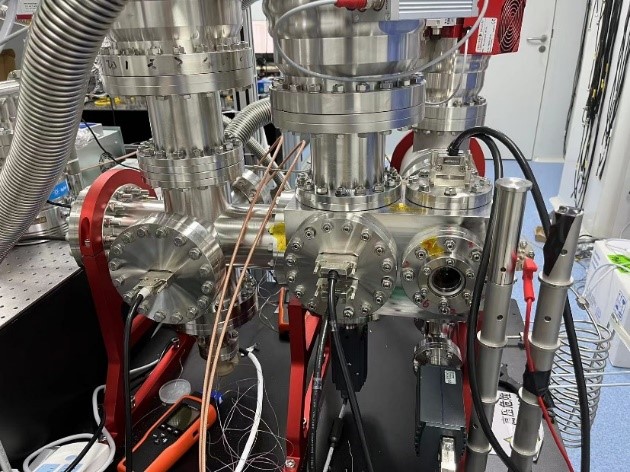Th-229 Nuclear Clock
Nuclear transitions are far more robust against external perturbations compared to electronic transitions, owing to the much smaller size and multipole moment of nuclei. This opens possibilities to develop a new generation of optical clocks, known as nuclear clocks, that could outperform state-of-the-art atomic clocks. However, extending quantum-coherent control techniques from electrons to nuclei poses significant challenges, primarily due to the extremely high energies typically associated with nuclear transitions.
Out of the 176000 known nuclear excited states, which generally lie in the keV to Mev range, the Th-229 isomer state is unique. It is the only known nuclear state that can be driven by a laser, as it lies just 8.4 eV above the ground state and can be excited by current laser technology (148.4 nm). Developing a nuclear clock based on Th-229 is particularly exciting due to its potential to test fundamental physics, such as the temporal variation of constants like the fine-structure constant α. This field has recently witnessed groundbreaking advancements, including the first resonant laser excitation of the isomer state using four-wave-mixing vacuum ultraviolet light, and precision isomer spectroscopy using a vacuum ultraviolet frequency comb.

